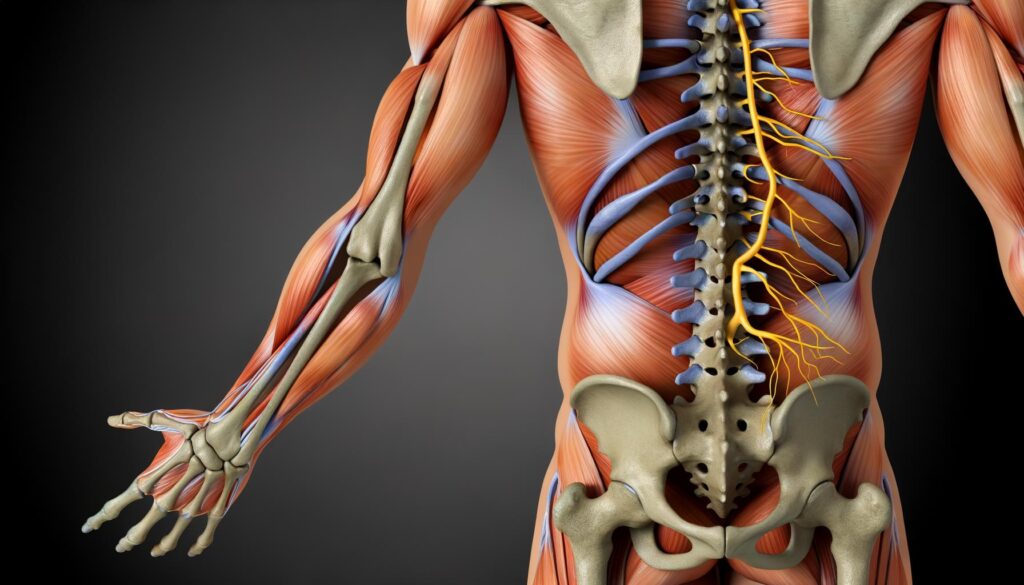Impact on Movement and Sensation
Pinched nerves can significantly affect both movement and sensation, leading to disruptions in daily activities. How pinched nerves affect movement and sensation is closely linked to their location. For instance, a pinched nerve in the back can limit the range of motion, leading to difficulties in bending or twisting. In some cases, reflexes are diminished, affecting movement coordination. Sensory changes, such as tingling or a burning sensation, may also be observed. It is important to understand these impacts to prevent further injury and to manage expectations during recovery. Knowing how these symptoms interact with daily living can guide modifications to reduce strain on the affected nerve.
Common Areas of Nerve Compression
Nerve compression can occur in various parts of the body, but most commonly, it affects certain areas. Knowing the most common areas where nerves get compressed can help in proactive management. The neck and back are typically susceptible, given their constant engagement in movements and support roles. Compartments around joints like the wrist and the elbow are also frequent sites due to repetitive movements that are common in many professions and daily activities. Understanding these common areas can prompt individuals to take preventive actions, such as ergonomic adjustments or regular stretching exercises, to reduce the risk of nerve compression.
Non-Surgical Relief Methods
For those seeking to manage their symptoms without surgical interventions, learning how to relieve nerve pain without surgery is essential. There are several effective strategies, such as physical therapy, which focuses on strengthening muscles and improving flexibility. Over-the-counter pain relief medications can also provide temporary respite. Additionally, lifestyle changes play a critical role, such as ensuring proper posture, taking regular breaks during long periods of sitting, and using supportive equipment like cushions or ergonomic tools. Applying heat or cold therapies, as recommended by healthcare professionals, can also help in reducing inflammation and alleviating discomfort.
Understanding When to Consult a Physician
It is crucial to recognize when to see a doctor for pinched nerve symptoms to avoid prolonged discomfort or potential complications. If the symptoms of a pinched nerve persist for more than a few days or worsen, it is advisable to seek medical attention. A healthcare professional can perform diagnostic tests and recommend the most suitable treatment options based on the severity of the condition. In cases where home treatments do not suffice or symptoms like loss of bladder control occur, immediate medical advice is vital. Consulting with a doctor ensures that a comprehensive treatment plan is in place to promote recovery and prevent recurrence.

